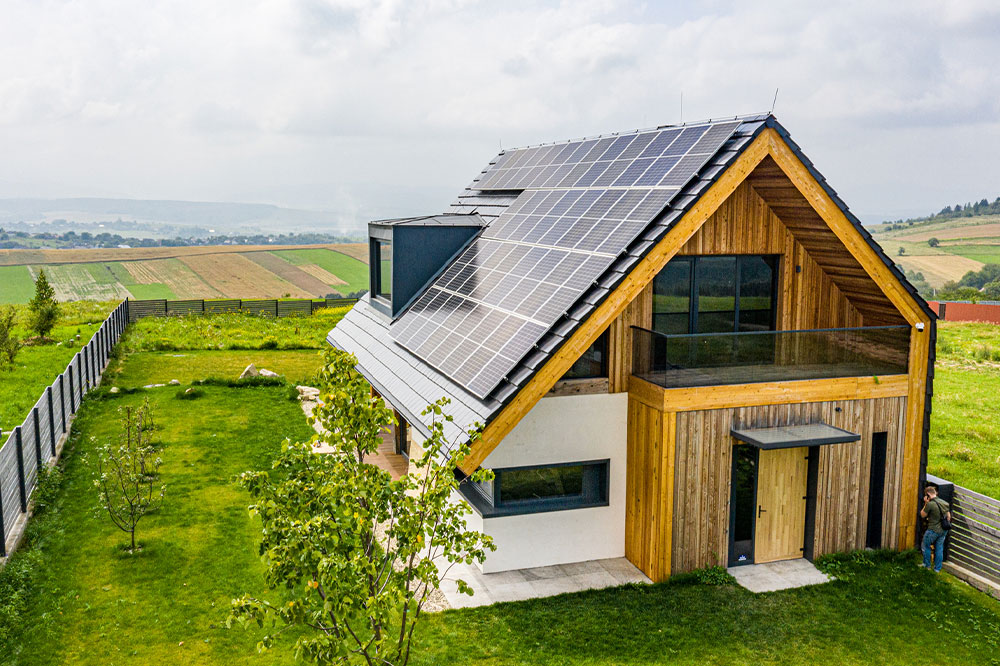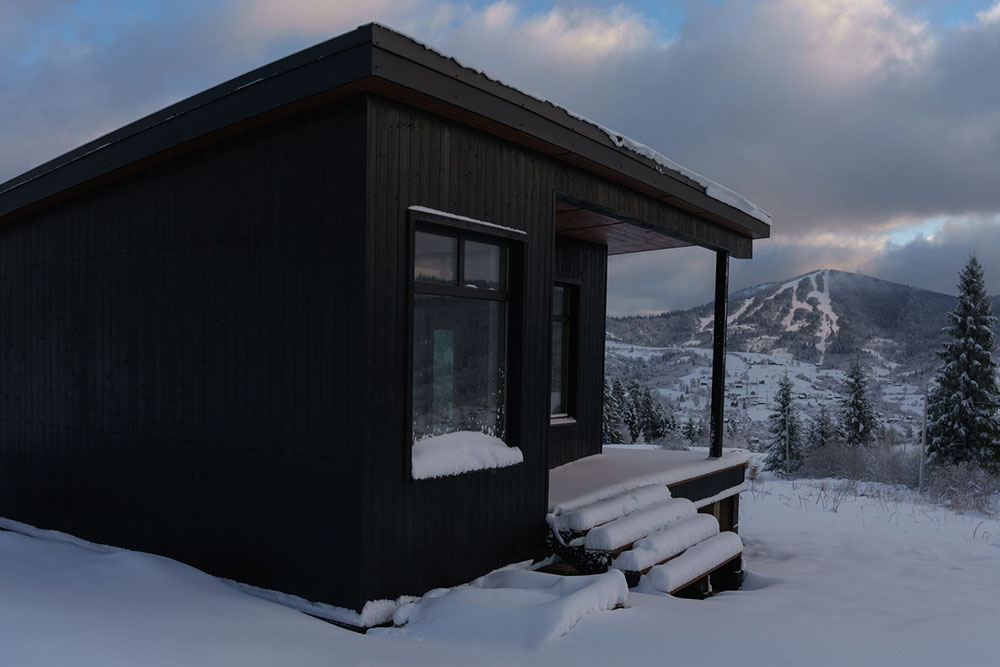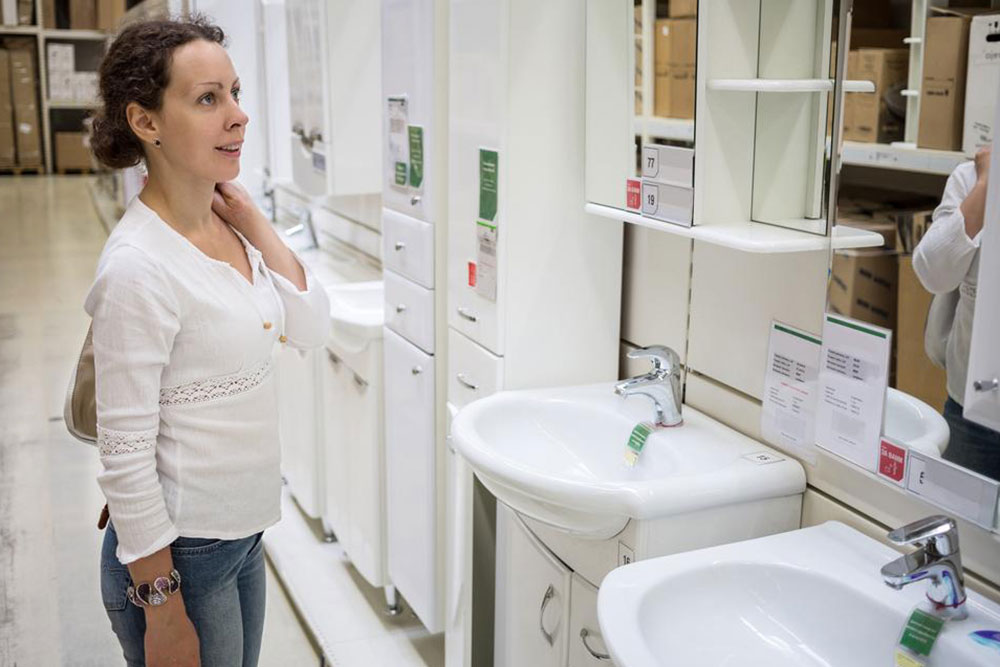Eco-Conscious Home Construction Tips
Learn practical strategies for constructing eco-conscious homes that minimize environmental impact, promote sustainability, and are cost-effective. From design to materials, discover how to create a comfortable, green residence that benefits both residents and the planet. Budgeting tips and landscape ideas enhance sustainable living efforts, guiding you toward environmentally responsible homeownership.

Eco-Conscious Home Construction Tips
Adopting sustainable methods in building and designing a residence significantly lessens environmental impact. Successful implementation requires careful planning and dedicated effort. Utilizing eco-friendly architectural techniques and renewable materials ensures minimal harm to the planet. Installing energy-efficient appliances after construction further reduces carbon footprint. This holistic approach results in a comfortable home that harmonizes with the environment.
Features of an Eco-Friendly Residence
Several factors contribute to sustainable homebuilding:
Environmental Considerations
The goal is to lessen the house's ecological footprint through energy-saving elements, waste reduction, and lowered greenhouse emissions, thereby helping protect the environment.
This involves incorporating components that conserve energy and resources, minimize waste, and limit pollutant emissions.
Social Responsibility
Designing homes that accommodate individuals with mobility challenges or special needs enhances social sustainability and safety.
Cost-Effectiveness
Making eco-friendly housing more affordable encourages wider adoption, reducing future construction and renovation expenses.
Key Considerations When Planning an Eco-Friendly House
Prioritize size
Smaller homes naturally require fewer resources for construction and maintenance, aligning with sustainability goals. But sustainability also emphasizes building only what is necessary. Evaluate your needs carefully to ensure long-term livability without excess. Minimalism promotes simplicity and contentment, reducing unnecessary consumption.
Utilize Sustainable Materials
There are numerous options, including certified wood, recycled insulation, reclaimed wood, and locally sourced supplies. These materials improve indoor air quality by emitting fewer volatile organic compounds, leading to healthier indoor environments, especially vital for respiratory-sensitive individuals.
Passive Design Strategies
Maximize energy efficiency through strategic design. Insulate walls properly and choose energy-efficient windows to minimize heat transfer. Ensure the building envelope ensures airtightness for natural ventilation and temperature regulation. Orient the house to optimize sunlight exposure and solar panel placement.
Thoughtful Landscaping
Implement rainwater harvesting systems, such as rooftop collection, and use permeable surfaces to facilitate groundwater recharge. Select native, low-maintenance plants that require minimal watering and mowing. Plant trees and shrubs to control water runoff and create habitats for local wildlife. Design landscapes that support biodiversity and eco-friendliness.
Budgeting for an Eco-Friendly Home
Construction costs typically constitute around 61% of total expenses, averaging between $240,000 and $258,000 depending on size. Interior finishes may account for 25%, around $60,000-$65,000, while framing, roofing, and steelwork can cost roughly $42,000-$44,000. Consulting with architects experienced in zero-energy homes can help tailor budgets to your needs and identify savings opportunities. Careful planning ensures financial feasibility and sustainability goals are met.
Note:
This blog offers broad insights into eco-friendly building practices. While research and data aim to inform readers, they should not be considered definitive. The website cannot guarantee data accuracy or encompass all available schemes and discounts, so exploring additional resources is advisable.










